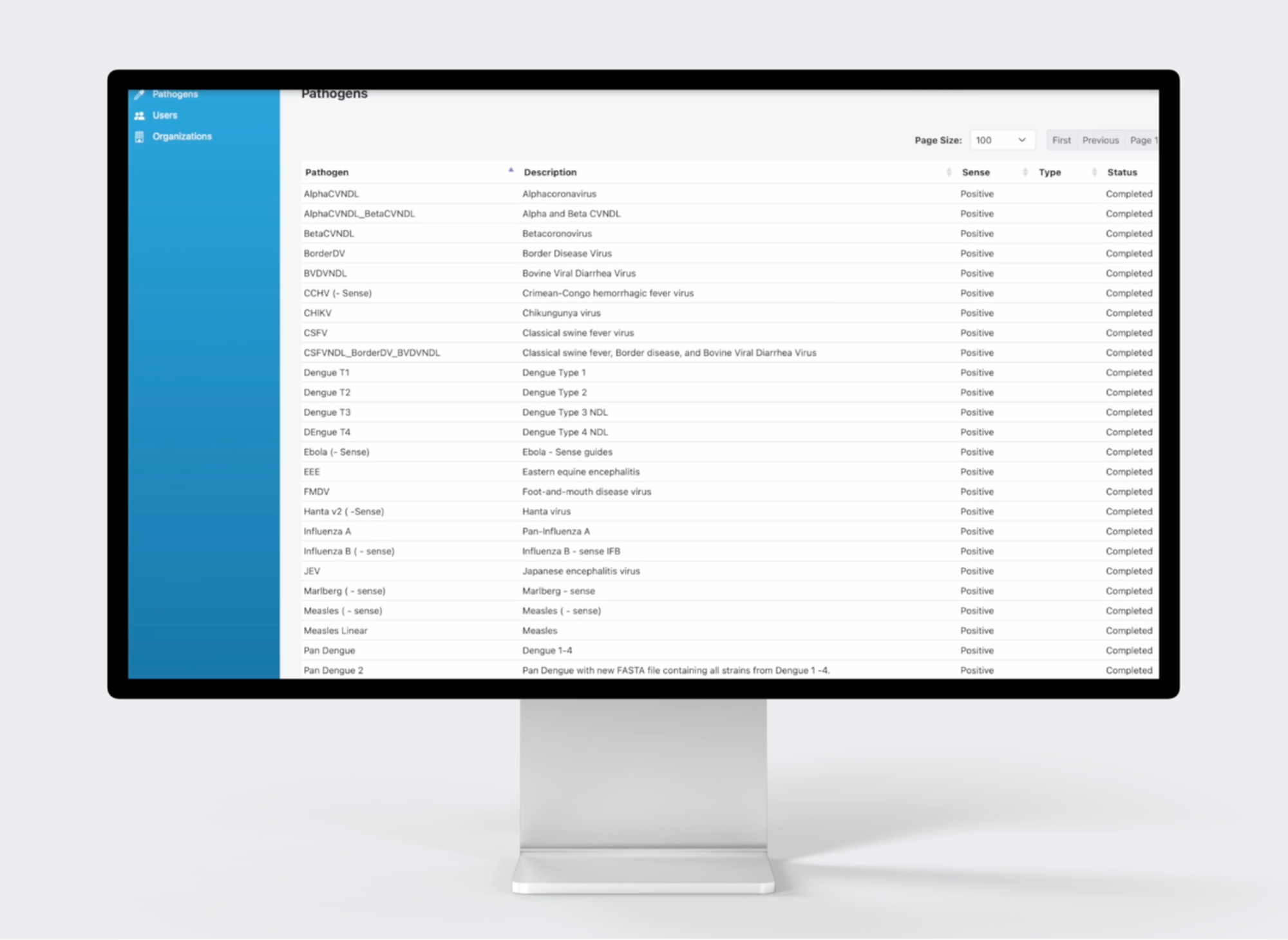

Salt Lake City, Utah - October 21, 2025
Salt Lake City-based biotech firm Seek Labs announced today that it has expanded its Global Disease Atlas™ to include several of the world’s deadliest hemorrhagic fever viruses (HFVs) — namely Ebola virus, Marburg virus, Lassa virus, Hantavirus, Crimean‑Congo hemorrhagic fever virus (CCHFV), and Rift Valley fever virus (RVFV).
In July, the company announced that it had mapped genomic vulnerabilities in the measles virus using its AI-powered discovery engine BioSeeker,™ as covered by TechBuzz.
On October 7, the company announced what it calls the world’s first pan-orthopoxvirus therapeutic. The work has significant implications for global health security.
Orthopoxviruses are double-stranded DNA viruses in the Poxviridae family that infect mammals, including smallpox, Mpox, vaccinia, cowpox, and rabbitpox. While smallpox has been eradicated, the re-emergence of Mpox and the potential for engineered or novel orthopox strains keep the family high on the world’s list of epidemic and biothreat concerns.
Regarding hemorrhagic fever viruses, Seek Labs uses BioSeeker to scan thousands of viral genomic sequences from HPVs to identify “genomic vulnerabilities” — conserved regions critical to the viruses’ replication cycles but less prone to mutation. At the same time, the system screened human (host) genomes to flag off-target risks, supporting safe design of subsequent therapeutics.
These mapped vulnerabilities feed into the company’s downstream platform: the CRISPR-based Programmable Target Ablation Platform (PTAP™). In essence, the company is building a roadmap from raw viral genomics to target identification to programmable therapeutic development.

“Hemorrhagic fevers have long challenged researchers due to their genomic diversity and rapid evolution,” said Alison O’Mahony, an immunologist and cell biologist who joined the company in February 2024 as VP of Therapeutic Research. “These mapped datasets illuminate key information to help us design, develop, and deploy safe and effective programmable therapeutics to reduce their high mortality rates and build global resilience.”
Hemorrhagic fevers are among the most formidable infectious‐disease threats — capable of multi-system failure, severe internal bleeding, and mortality rates that can exceed 50-80 % in some outbreaks of Ebola and Marburg. They’re driven by rapidly mutating RNA viruses, often strike where medical infrastructure is weak, and evade conventional vaccine or antiviral strategies.
By applying an AI-driven genomics approach, Seek Labs is attempting to shift the paradigm: from reactive outbreak response to proactive target mapping. With the Atlas now covering HFVs, the company claims its discovery timeline is compressed from years into weeks.

The mapping of conserved regions is only the first step: moving into viable therapeutics involves extensive preclinical and clinical work, regulatory hurdles, manufacturing scale-up and demonstration of safety and efficacy. Seek Labs invites collaborators to help translate these insights into next-generation therapeutic countermeasures, but concrete timelines and endpoints are not yet public.
Headquartered in Salt Lake City, Seek Labs is known for developing programmable “seek-and-destroy” therapeutics and point-of-care molecular diagnostics that close the gap between outbreak and intervention. Seek Labs is a member of BioHive, Utah’s collaborative life sciences ecosystem.
Learn more at seeklabs.com.

